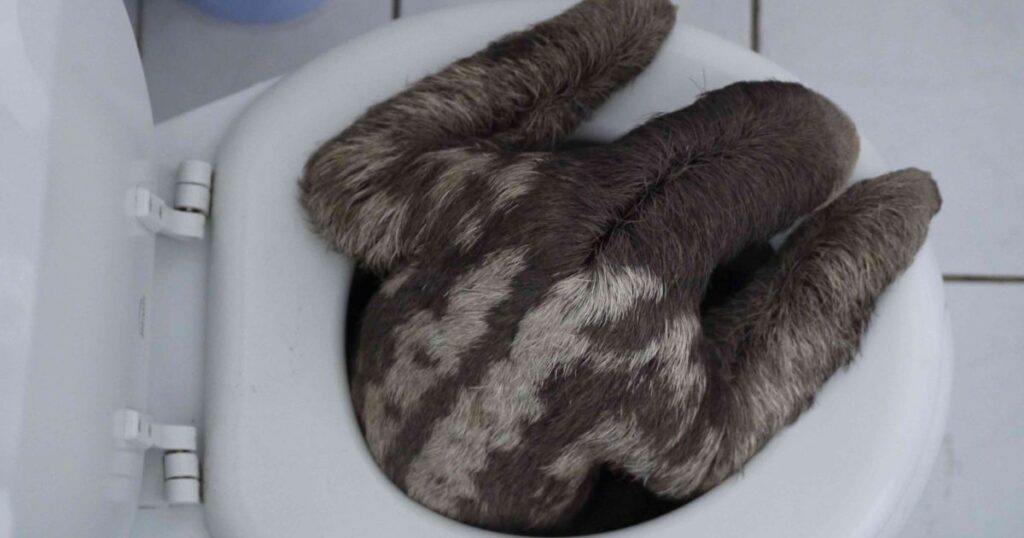Potty training a tortoise might seem like an unusual idea, considering their natural behaviors and instincts. However, with the right approach and patience, it is possible to instill certain habits in these intriguing reptiles. Understanding their physiology and behavior is crucial in this process.
While the idea of potty training a tortoise might raise eyebrows, it’s a topic worth exploring. Tortoises, with their slow and steady demeanor, present unique challenges when it comes to altering their instincts. Yet, understanding their patterns and preferences can potentially pave the way for successful training.
Tortoises have a strong connection with their environment and tend to establish specific territories. Their instinctual behavior often involves marking their territories, making potty training challenging. However, with consistent training and an understanding of their habits, it’s possible to establish some degree of control over their toileting habits.
Understanding Tortoise Behavior
Before we dive into the specifics of potty training a tortoise, it’s essential to understand the natural behavior and instincts of these remarkable reptiles. Tortoises, like other reptiles, have unique characteristics that influence their actions. Here are some key points to consider:
Tortoises Are Territorial
Tortoises are territorial animals. They often establish a defined territory in the wild and mark it with their scent. In captivity, they may also exhibit territorial behaviors, which can influence potty training efforts.
Slow Metabolism
Tortoises have a slow metabolism, which means they don’t need to eliminate waste as frequently as mammals or birds. This trait can be both an advantage and a challenge when attempting to potty train them.
Burrowing Behavior
Many tortoise species are known for their burrowing behavior. They dig burrows to escape extreme weather conditions and regulate their body temperature. Understanding this behavior is crucial when considering where to place a designated potty area.
The Pros and Cons of Potty Training a Tortoise

Potty training a tortoise is an intriguing concept, but it’s essential to weigh the pros and cons before embarking on this endeavor. Here’s a breakdown of what you can expect:
Pros of Potty Training
- Cleaner Enclosure: Potty training can help keep your tortoise’s enclosure cleaner, making it a more comfortable and hygienic environment for your pet.
- Easier Cleanup: With a designated potty area, waste cleanup becomes more manageable and less time-consuming.
- Less Stress on the Tortoise: Potty training can reduce stress for your tortoise, as they won’t have to navigate through waste in their enclosure.
- Bonding Opportunity: The training process can be a bonding experience between you and your tortoise.
Cons of Potty Training
- Tortoise Behavior: Potty training goes against a tortoise’s natural instincts, making it a challenging process.
- Time-Consuming: Training a tortoise can be a time-consuming task, and success is not guaranteed.
- Territorial Issues: Some tortoises may exhibit territorial behaviors around their potty area, which can lead to aggression or stress.
- Health Risks: Improper potty training methods or unclean potty areas can pose health risks to your tortoise.
Potty Training Step by Step
If you’ve decided that potty training your tortoise is worth a try, follow these steps to increase your chances of success:
Observe Your Tortoise
Before you can establish a designated potty area, closely observe your tortoise’s behavior. Take note of where they naturally eliminate waste within their enclosure. This observation will help you identify the most suitable location for the potty area.
Choose a Suitable Potty Area
Based on your observations, select a specific area within the enclosure where your tortoise prefers to eliminate waste. It should ideally be a spot where your tortoise already shows a preference for going.
Introduce a Potty Container
To make potty training more effective, introduce a shallow container filled with a suitable substrate, such as coconut coir or peat moss, in the chosen potty area. Ensure the container is large enough for your tortoise to comfortably enter and exit.
Consistency is Key
Consistency is crucial when it comes to potty training. Place your tortoise in the potty area at regular intervals, especially after meals or when you notice signs that they need to go. Be patient, as this process can take time.
Positive Reinforcement
When your tortoise successfully eliminates waste in the designated potty area, offer positive reinforcement. You can use verbal praise or small treats to reward your tortoise for their good behavior.
Keep the Potty Area Clean
Maintain the cleanliness of the potty area. Remove waste promptly and replace the substrate when necessary. A clean potty area is more inviting for your tortoise and encourages them to use it consistently.
Monitor and Adjust
Continuously monitor your tortoise’s behavior and adjust your training methods as needed. Some tortoises may take to potty training more readily than others, so be flexible in your approach.
Common Challenges and Troubleshooting
Potty training a tortoise is not without its challenges. One common question that often arises among pet owners is, “How long can puppies hold their poop?” Here are some common issues you may encounter while potty training your tortoise and tips for troubleshooting:
Resistance to the Potty Area
Issue: Your tortoise refuses to use the designated potty area.
Solution: Try different substrates or adjust the location of the potty area based on your tortoise’s preferences.
Territorial Behavior
Issue: Your tortoise becomes territorial around the potty area and exhibits aggression.
Solution: Create a larger enclosure to reduce territorial behavior, or consult with a reptile behavior specialist for guidance.
Inconsistent Results
Issue: Your tortoise’s potty training results are inconsistent.
Solution: Be patient and maintain consistency in your training efforts. It may take time for your tortoise to fully adapt.
Health Concerns
Issue: Your tortoise shows signs of illness due to unsanitary potty conditions.
Solution: Ensure the potty area is kept clean and hygienic to prevent health issues. Consult with a veterinarian if you suspect any health problems.
Best Practices for Potty Training Success
To enhance your chances of success, consider the following best practices for potty training your tortoise:
Research Your Tortoise Species
Different tortoise species have varying behaviors and preferences. Research your specific tortoise species to better understand their needs and habits.
Patience and Consistency
Potty training can be a lengthy process, so patience is key. Maintain consistency in your training routine to encourage good behavior.
Positive Reinforcement
Use positive reinforcement, such as treats and praise, to reward your tortoise when they use the designated potty area.
Regular Health Checkups
Schedule regular health checkups with a reptile veterinarian to ensure your tortoise is in good health and address any concerns promptly.
Adapt as Needed
Be flexible in your approach. If your tortoise is not responding well to your initial training methods, be open to adjusting them based on your pet’s behavior.
FAQs
Can You Potty Train a Tortoise?
Yes, it is possible to potty train a tortoise to use a designated area for waste elimination.
What is the Benefit of Potty Training a Tortoise?
Potty training a tortoise can help keep their enclosure cleaner and reduce stress for your pet.
Are All Tortoise Species Equally Easy to Potty Train?
No, different tortoise species may have varying behaviors and preferences, making the ease of potty training different for each species.
Conclusion
Potty training a tortoise is possible, but it’s not as straightforward as training other pets like dogs or cats. Tortoises have unique behaviors and instincts, and success in potty training may vary from one individual to another. While it can help maintain a cleaner enclosure and reduce stress for your tortoise, it’s a time-consuming process that requires patience and consistency.
The key to success lies in understanding your tortoise’s natural behaviors, identifying their preferences, and using positive reinforcement. Remember that different tortoise species may have different levels of ease when it comes to potty training.
If you decide to embark on this journey, be prepared for challenges and adjustments along the way. Regular health checkups for your tortoise are essential to ensure they remain healthy during the potty training process.
In the end, while potty training a tortoise may not be a guarantee, with the right approach and dedication, it can lead to a more hygienic and harmonious environment for both you and your unique reptilian companion.










